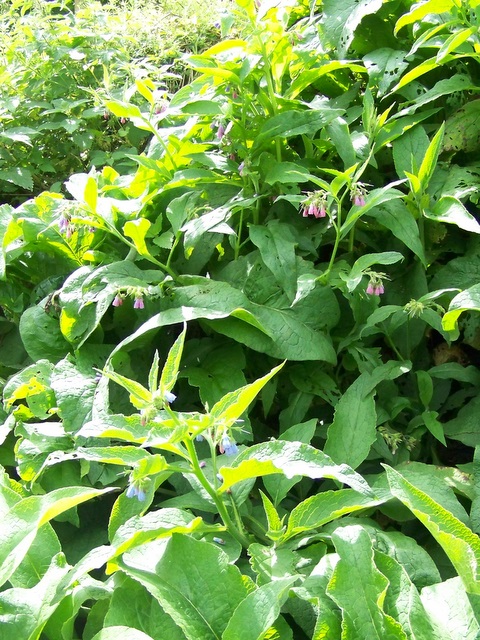Common Comfrey (Symphytum officinalis), Knook
Introduction
The photograph on this page of Common Comfrey (Symphytum officinalis), Knook by Maigheach-gheal as part of the Geograph project.
The Geograph project started in 2005 with the aim of publishing, organising and preserving representative images for every square kilometre of Great Britain, Ireland and the Isle of Man.
There are currently over 7.5m images from over 14,400 individuals and you can help contribute to the project by visiting https://www.geograph.org.uk

Image: © Maigheach-gheal Taken: 8 Sep 2009
Comfrey is also known as Knitbone or Bruisewort. Comfrey is a valuable plant which has proved its worth over hundreds of years. Its common names reflect its reputation for helping bones to knit and soothing bruises. The root or leaves, crushed and applied as a poultice, will usually relieve external inflammation and may be taken as a tea to ease internal inflammation. Comfrey ointment applied to burns, sprains and strains, bruises and aching limbs will often give quick relief, but the rough hairy leaves should never be applied directly to the skin because they can act as an irritant. The peeled roots chopped into chunks and the young leaves cooked like spinach make acceptable dishes. In the garden the big leaves can be roughly chopped with a spade and laid at the bottom of trenches for celery or under plantings of potatoes, peas, beans etc. Comfrey makes good compost or mulch.

